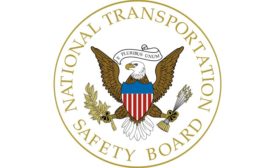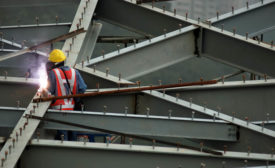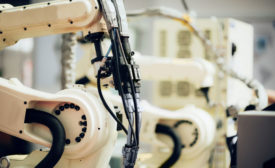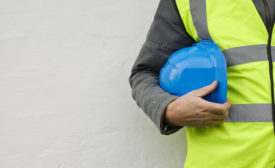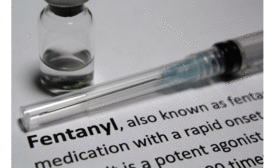News
A NIOSH Science Blog post
The Safety Climate Assessment Tool (S-CAT) for construction
October 22, 2019
AIHA, 5 international groups join forces for a better indoor environment
The mission of the new alliance is to promote and advocate for indoor climate and health in buildings
October 21, 2019
Never miss the latest news and trends driving the safety industry
eNewsletter | Website | eMagazine
JOIN TODAYCopyright ©2024. All Rights Reserved BNP Media.
Design, CMS, Hosting & Web Development :: ePublishing
